Thermal Actuator Technical Data
Newly Updated Thermal Actuator Techical Data
General Function
Thermal actuators are non electric motors that produce linear motion upon temperature change. Upon temperature increase, thermal sensitive material inside the thermal actuator expands pushing the piston to the designed length. When the temperature drops thermal sensitive material inside the thermal actuator contracts or shrinks, providing space for. the piston to return.
Precision
An actuator's performance is measured by the amount of distance it's piston travels outward. We measure the distance in thousandths of an inch (.001") and can ensure precision to as precise as five thousandths of an inch (.005")
Piston Travel Range
Thermal actuators can move it's piston to any length between .015" to .500" Piston travel is referred to as "Stroke" or "Motion"
Operating Temperature
Thermal actuators can actuate at any temperature within the range of 30F - 300F (86C - 572C). Simply choose an actuation temperature of when you want the actuator to function between the stated range.
Unlimited Configurations
With the available temperature range, and the available travel range; thermal actuators can be created to fit any system qualifications. Whether you wish to have a short burst of motion at a specific temperature, or a long variable range, a thermal actuator is the perfect, reliable option for your system.
Mounting Options See Right Hand Example
Thermal actuators can be machined to fit into your application, snap ring grooves, any thread type, and any other mounting system your application requires we can easily adapt to our thermal actuators.
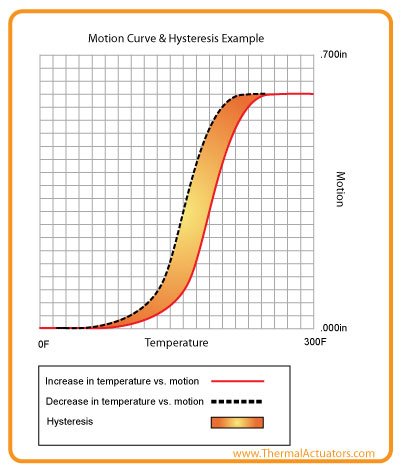
Typical thermal expansion with our thermal actuators can be graphed as an expansion curve as temperature increases piston travel increases.
When the thermal actuator is cooled the piston retracts, but a lag in return occurs; this lag is called hysteresis.
We can engineer your thermal actuator to thermally expand to any temperature curve you require, and can control it's hysteresis to fit your needs.
Hysteresis is not considered a negative aspect with this type of technology, but is considered to be a valuable tool to add addtional control.
We encourage you to contact us so we can help you design a thermal actuator that suits your needs; our engineers will work with you to make sure the products you order function exactly the way you need them to.
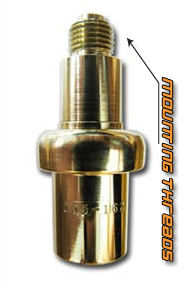
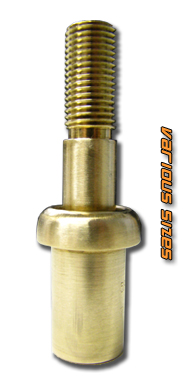
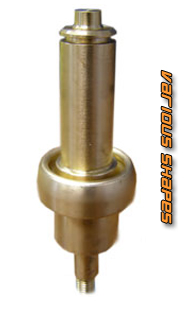
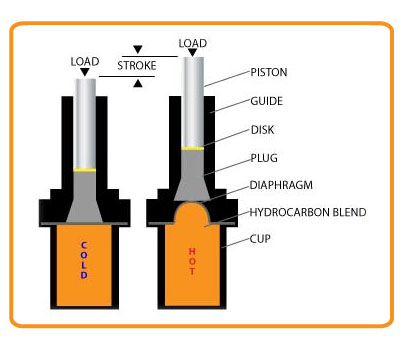
For further clarification we have provided a diagram of a typical thermal actuator on the left.
Our hydrocarbon blend is a special chemical formula suited to fulfill your needs based on your performance curve we will generate prior to blending our mix.
The mix is hementically sealed inside our "cup" using a piston guide and other components listed below.
It is typical for various applications to require specific materials to ensure maximum life, and to prevent corrosion, so please visit our materials page to better understand what types of materials we can utilize
Click Here To View Assembly Animation